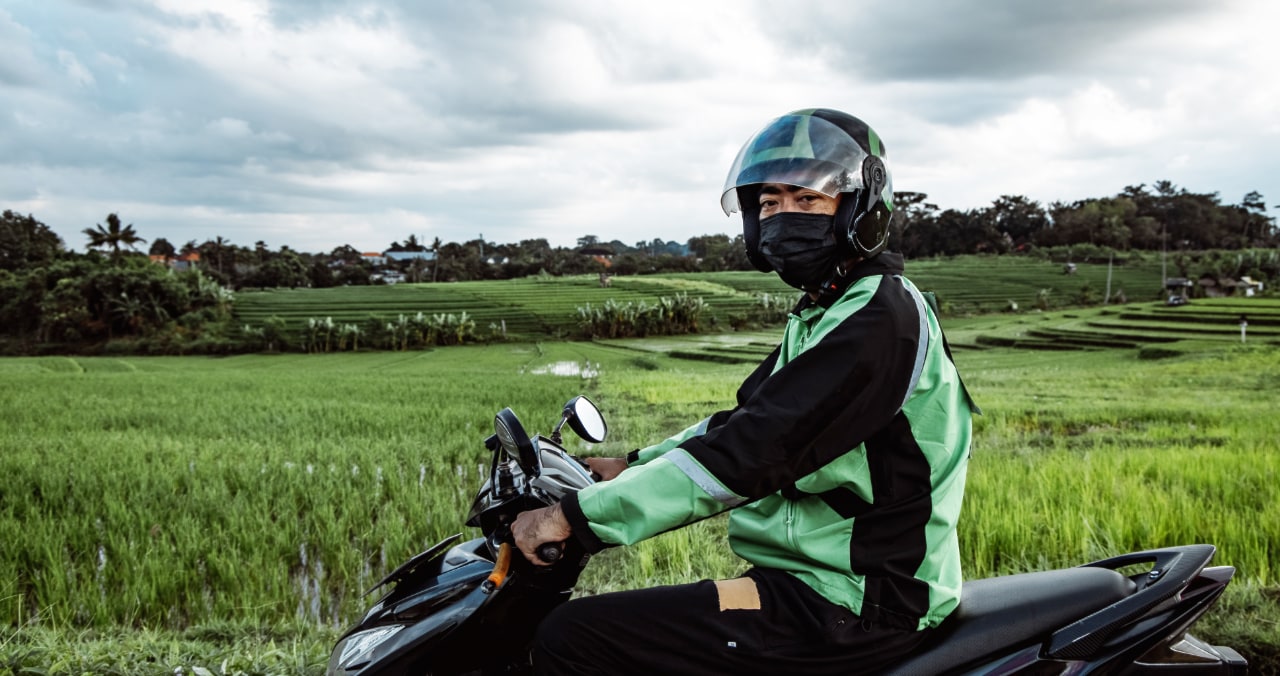Thailand the “Land of Smiles,” is a captivating country known for its rich culture, stunning landscapes, and vibrant cities. As travellers and expat’s embark on their journey to explore this alluring destination, one question arises: Is it safe to drive in Thailand?
In this article, we’ll delve into the intricacies of road safety, driving conditions, and what you can do to ensure a secure and enjoyable driving experience in the country.

The Road System in Thailand: A Mixed Bag
Thailand boasts a diverse network of roads, ranging from modern highways in urban areas to winding rural paths that lead to hidden gems. While major cities like Bangkok and Chiang Mai have well-maintained roads, the quality of road infrastructure in rural areas can vary. Despite the challenges, driving in Thailand can be an exhilarating way to explore the country at your own pace.
Understanding Road Death Statistics
Thailand has unfortunately earned a notorious reputation for its high road death rate. The World Health Organisation (WHO) reports that road traffic accidents are a significant cause of injury with thousands of road deaths reported each year. This statistic is obviously alarming and raises concerns, prompting the obvious question – why is the road death rate so high?

Why is the road death rate so high in Thailand?
Thailand’s high road death rate is a complex issue with various contributing factors. Understanding these factors is essential for anyone considering driving in the country, as it highlights the challenges and risks associated with road safety.
Here, we delve into the key factors that contribute to the high road death rate in Thailand:
1: Motorbike Dominance in Thailand
One of the most significant factors driving the high road death rate in Thailand is the dominance of motorbike riding as a mode of transportation. Thailand stands out globally for its exceptionally high percentage of motorbike riders. Motorbikes are a convenient and affordable choice for many Thai people (as well as expat’s and tourists), especially in urban areas where traffic congestion is a concern. However, the widespread use of motorbikes comes with inherent risks.
2: Risky Riding Behaviour
Many motorbike riders in Thailand exhibit risky behaviour, such as not wearing helmets, carrying multiple passengers, carrying wide or heavy roads their vehicle isn’t built for, operating poorly maintained vehicles, little or no professional driving/riding tuition and weaving through traffic. Lack of proper protective gear and a casual attitude toward safety contribute to a higher likelihood of accidents and more severe injuries when those accidents occur.
3: Inadequate Enforcement of Traffic Laws
Enforcement of traffic laws in Thailand has historically been inconsistent, contributing to a culture of lax compliance with road regulations. This lack of enforcement allows for dangerous driving behaviours to persist. For instance, speeding, running red lights, and overtaking on narrow roads are standard practices that significantly increase the risk of accidents.
4: Road Infrastructure and Conditions
While Thailand has been investing in improving its road infrastructure, challenges remain, especially in rural areas. Narrow roads, potholes, lack of proper signage, and inadequate lighting can increase the likelihood of accidents, particularly at night or during adverse weather conditions.
5: Lack of Road Safety Education
Many Thai people do not have formal car driving or motorbike riding tuition for several reasons.
1: Firstly, the cost associated with attending driving schools can be a significant barrier for many. Not everyone has the financial means to afford professional driving lessons, especially those from lower-income backgrounds.
2: In Thai society, there is a strong emphasis on close-knit family networks and communal support. It is common for relatives or trusted acquaintances to take on the role of teaching individuals how to drive. Consequently, many Thai people prefer learning from their loved ones rather than enrolling in formal driving schools, which may not provide the necessary skills to drive/ride safely.
3: While urban centres tend to have a relatively higher concentration of driving schools, rural regions lack these facilities. This geographical disparity can make it challenging for individuals residing in remote areas to access formal car driving tuition. As a result, they resort to self-learning or informal instruction, often relying on trial and error and low road skills.
In addition to the locals, expat’s or tourist’s often do not educate themselves of the local road laws. Resulting in different road standards, expectations, and behaviour’s on the road that are often incompatible.
6: Driving Under the Influence
Driving under the influence of alcohol and drugs is a significant issue contributing to road accidents and fatalities in Thailand. Despite stringent penalties, some drivers continue to engage in this dangerous behaviour, impairing their judgment and reaction times.
This is clearly isn’t limited to the locals, with many tourist’s ‘taking advantage’ of the perceived lack of road law enforcement by driving/riding drunk in a way they wouldn’t dare risk ‘back home’.
7: Congestion and Traffic Challenges
In major cities like Bangkok, traffic congestion is a daily struggle. Congested roads can lead to frustration and impatience among drivers, prompting them to take risks to save time. This impulsive behaviour, combined with the proximity of vehicles, increases the chances of collisions.
8: Limited Public Transportation Options
In some areas of Thailand, public transportation options are limited, which pushes more people toward personal vehicles or motorbikes. This increased traffic density can lead to road congestion and a higher potential for accidents.

Driving in Thailand Conclusion
In the heart of Thailand’s captivating beauty lies a road network that leads to adventure, discovery, and unforgettable experiences.
While the question of road safety may flicker like a caution light, it doesn’t have to dim the allure of exploring this enchanting land. The statistics may give us pause, but they also highlight the importance of responsible road behaviour, and the part each of us most play in that. The memories you create will be priceless.
So, embark on your journey, navigate carefully, and let Thailand’s wonders become the backdrop of your extraordinary driving tale.
Driving laws in Thailand. True or False?
8 true or false driving questions for driving in Thailand. How many will get right?
False.
Wearing seatbelts is mandatory for all passengers in a vehicle, regardless of where they are seated. This includes both front and rear seats. Ensuring that everyone in the car is properly buckled up significantly reduces the risk of injury in the event of an accident. Failing to wear seatbelts can result in fines and penalties.
True.
Town and city: 60 km/h.
Open Roads: 90 km/h.
Motorways: 120 km/h.
UK Maximum Speed Limit: 70 mph (112 km/h).
True!
Speed limits are enforced throughout Thailand to maintain road safety and prevent accidents. Including front facing and rear facing (watch out motorcyclists) speed cameras.
Speed limits can vary depending on the type of road and the area you are driving in. In urban areas, speed limits are generally lower than on highways. Pay attention to posted speed limit signs and adjust your driving speed accordingly to avoid fines and ensure your safety.
False!
While not as strictly enforced as other road laws, avoiding distracted driving in Thailand is essential. Using a mobile phone without a hands-free driving device is illegal and can result in fines. Distractions can significantly reduce your ability to react to sudden changes in traffic conditions, increasing the risk of accidents.
True!
All passengers must wear seat belts, including those in the rear seats.
False!
Town and city: 60 km/h.
Open Roads: 90 km/h.
Motorways: 120 km/h.
True!
Children under a certain age or height must be secured in appropriate child safety seats. Make sure to research and understand the specific rules regarding child passengers based on age and size.
False!
Any vehicle entering the roundabout must give way to any vehicle already on the roundabout. The general rule of ” give way to traffic from the right” applies. Unfortunately quite a lot of drivers are unaware of the rule, and many cars (in particular) may stop on the roundabout to allow approaching traffic to enter the roundabout. Drive cautiously at roundabouts.
Lovable links:
Paddy Doyle YouTube channel:
A great vlog that includes Paddy riding his trusted Honda Wave through every single Thai state:
Watch Paddy’s videos here.
Thailand Driving Guide:
www.internationaldriversassociation.com
Get a Thai Driving License
www.dlt.go.th




